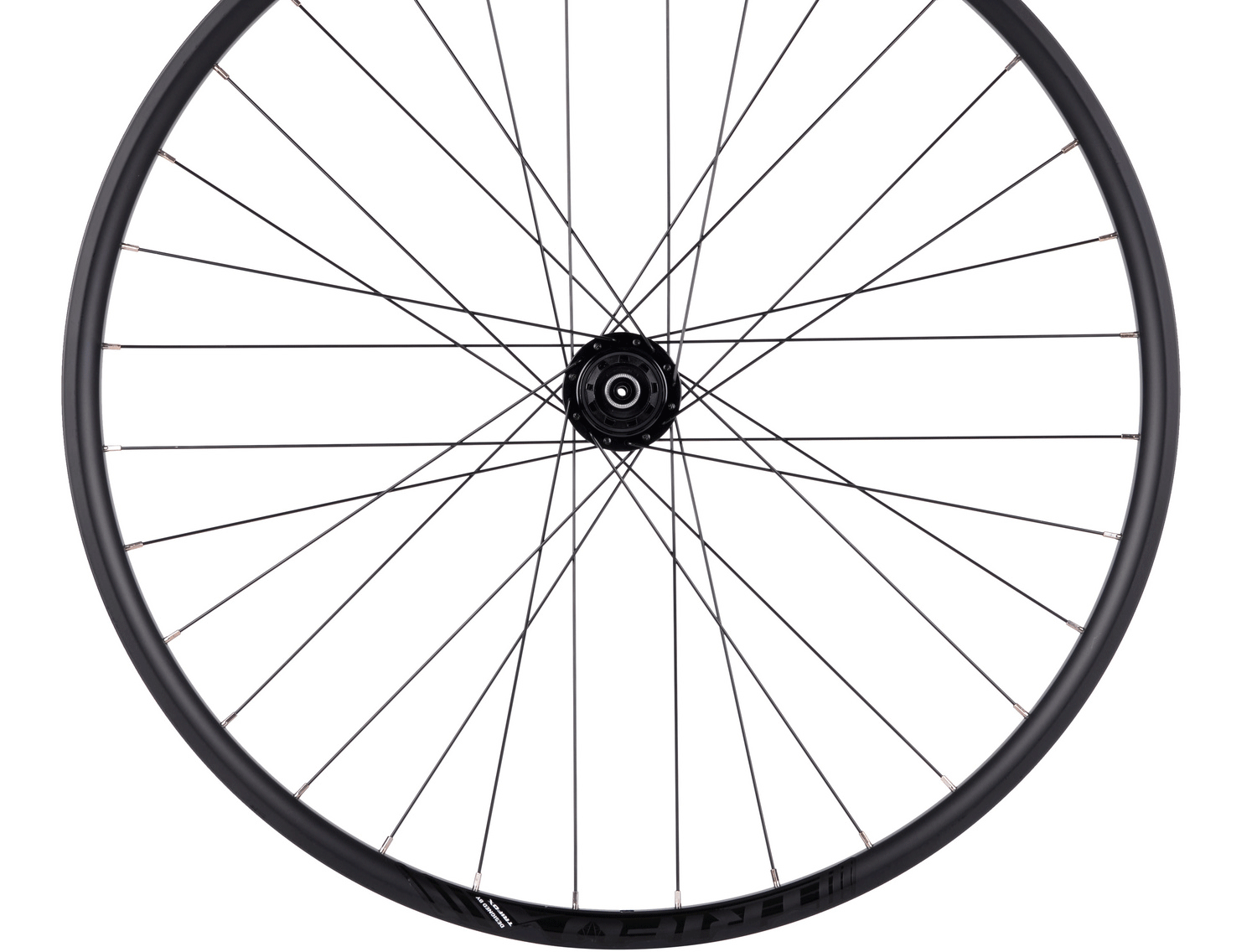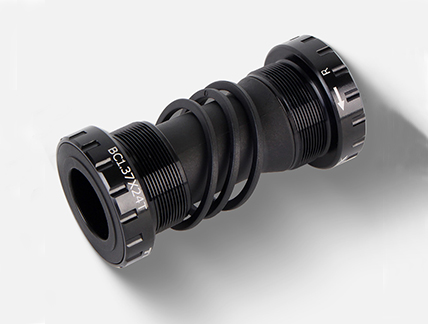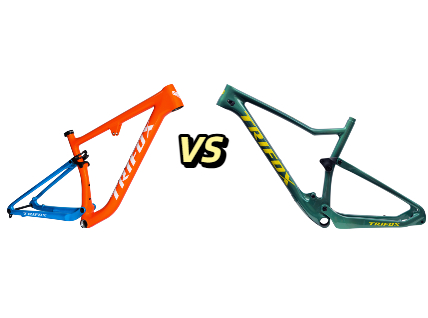Understanding how to read bike tire size is crucial, as it directly affects the performance, safety, and comfort of your cycling experience.
1. Understanding the Basics:
Before delving into deciphering bike tire sizes, it's important to grasp the basics. Bike tire sizes typically consist of a series of numbers separated by an 'x' or a '-'. For example, 26 x 1.95 or 700c x 25.
2. Decoding the Numbers:
The first number indicates the tire's diameter, commonly expressed in inches or millimeters. In the example 26 x 1.95, the diameter is 26 inches. For road bikes, the diameter may be denoted in millimeters, as in 700c x 25, where 700c is the diameter.
3. Interpreting the Width:
The second number represents the width of the tire, again either in inches or millimeters. Continuing with our examples, 1.95 inches and 25 millimeters are the respective widths. The width affects the stability and grip of the bike.

4. Considerations for Different Bike Types:
a) Mountain Bikes: Mountain bike tires generally have wider widths, providing increased traction in off-road terrains. The standard wheel size for mountain bikes is 26 inches, but newer models may feature 27.5 inches or 29 inches.
b) Road Bikes: Road bike tires are narrower, allowing for reduced rolling resistance on smooth surfaces. The commonly used wheel size for road bikes is 700c, although some variations exist.
c) Hybrid and City Bikes: Hybrid and city bike tires usually fall between mountain bike and road bike tires in terms of width. The tire size will vary depending on the specific bike model.
5. Additional Tire Markings:
Apart from the size specifications, bike tires often have additional markings indicating the tire's tread pattern, recommended tire pressure, maximum load capacity, and other vital information. Familiarizing yourself with these markings can further enhance your understanding of the tire's capabilities.
Conclusion:
Being able to read bike tire size is essential for all cyclists, ensuring that you can choose the appropriate tires for your riding style and terrain. By comprehending these size specifications, you can improve your bike's performance, comfort, and safety. Remember to consider the bike type, diameter, and width when selecting new tires. With this comprehensive guide, you are now equipped with the knowledge necessary to confidently interpret bike tire sizes. Happy cycling!






















































































